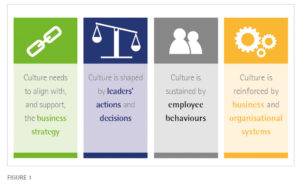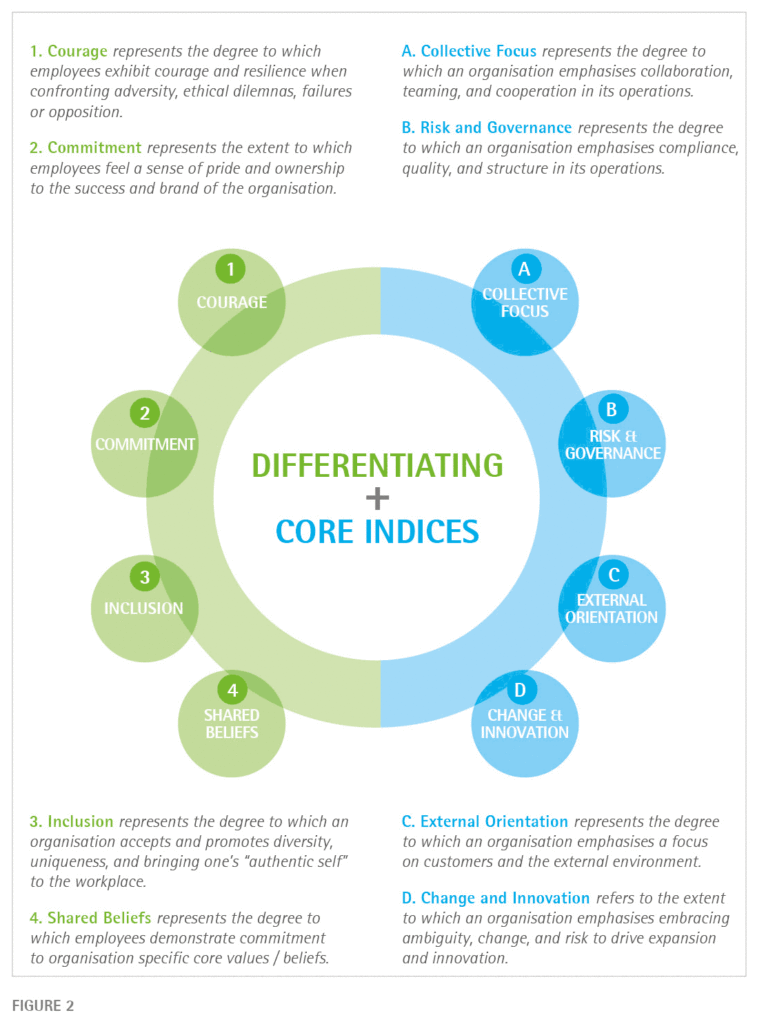
Leaders often prioritise the practical aspects of integration, such as financial reporting, shaping new organisation structures and aligning customer segments and markets. But what really happens after “Day 1”? How can we accomplish a successful Post Merger integration?
According to Deloitte`s Consulting M&A survey, 60% of all mergers fail due to errors in the approach or the execution, whereas most of the obstacles in terms of a successful integration are people or culture related. But is the human element of such a transition predictable? How do we shape a corporate culture that leads to success?
Of course driving an M&A activity means doing your homework. In terms of human resources this means preparing individuals to have all the relevant information that’s needed for the famous “Day 1”. You need to enable them with the necessary skills and knowledge as well as aligning HR-processes and frameworks to ensure the quality of the companies HR-landscape. However, focusing on Day 1 priorities will probably not enable employees from different environments to shape a common corporate culture.
In a practical sense, cultural integration is getting more and more important in the cases where M&A activities take place to enhance knowledge rather than purely focusing on asset or stock transactions. For instance, when a Life Science company acquires a very niche firm to call the leading expert of immunochemistry plus a research team of their own. Or, closer to home, when a multinational consulting company acquires a boutique advisory firm to gain market shares and expert knowledge in a specific area. In other words, especially when it comes to acquisitions related to increasing a company’s expertise, it is essential to have an approach in place to ensure employee retention and to guarantee that critical human resources stay on board.
Based on long-term and best-practice experiences, we identified some attributes that have a substantial impact on the integration of teams and the merging of different cultures. This could have a significant potential to affect the bottom line and the ability to capture future value. For instance, during a time when rapid decisionmaking is imperative, different decision-making styles can lead to slow decision-making, failure to make decisions, or failure to implement decisions. Additionally, leadership styles rapidly evolve and significantly impact employees throughout the integration planning, “Day 1” and integration implementation processes. Having these attributes in mind, loss of top talent can quickly undermine value in an integration by draining intellectual capital and market contacts.
As human nature tends to dislike change, differing attitudes and aptitudes toward change can cause unwillingness, resistance, or passivity when it comes to implementation of new strategies and ways of working. If values and behaviours of newly merged units are inconsistent, processes and handoffs could break down with each unit’s employees becoming frustrated by their colleagues’ failure to understand or even recognise how work should be done. And last but not least: If people who believe they have to achieve goals as a team integrate with people whose notion of “success” emphasises individual performance, the resulting situation is often characterised by personal dislike and lack of support for getting the job done.
To protect this typical attributes, it is essential to understand cultural differences between merging organisations. Identifying gaps and incorporating them within the newly created corporate culture will impede successful integration and synergy achievement. And moreover, identifying critical behaviours and habits people need to commit to in order to drive the cultural vision forward.
Although culture is a crucial enabler of strategy, it starts with leaders and how well they can make their messages stick with all the employees (see figure 1).

Therefore, a cultural assessment helps to identify potential risks for realising the merger results as well as the overall M&A strategy. Combined with a culture framework critical indices to business outcomes can be measured, and ultimately provide the objective insights for driving the behaviours needed to support the business strategy (see figure 2).

In the end, understanding different cultures as well as being prepared means mitigating risks with desired behaviour changes. Being prepared implies identifying similarities and differences of cultures to be merged and their fit with the future anticipated corporate culture. Subsequently, we must be able to translate the cultural vision into specific behaviours across levels and functions. These specific actions should be integrated into talent and business processes to drive business outcomes as well as the “right” behaviours that can reinforce and sustain the change.
Looking again at the example of a multinational consulting company acquiring a boutique consulting firm, which might be family owned, it seems imperative that the corporate culture and mind-set of employees must be aligned. Discovering new ways of working is meant to be a win-win situation for both sides. Breaking new ground together as a team is a chance to leverage also from a diversity and inclusion perspective. You might have situations where a senior consultant who is 50 years old, but with very rare and specific knowledge, has to work with a senior manager who is 15 years younger, but focuses more on sales and business development. When dealing with cultural alignment, we should be able to handle and resolve such situations.
On the one hand this may be the chance to open new career paths that are different from the “classical” consulting career and carve out an expert track that can develop rare expertise. On the other hand it is still about shaping a common culture. Creating a common corporate culture can be triggered by doing your homework and preparing well. But living common values and foster corporate culture will always be made by our leaders just as much as our self: Helping new colleagues and helping ourselves to make professional life valuable and in the end driving a companies` success.
About Deloitte Switzerland:
Deloitte is a leading professional services company in Switzerland and provides industryspecific services in the areas of audit, tax, consulting and financial advisory. With more than 1,400 employees at six locations in Basel, Berne, Geneva, Lausanne, Lugano and Zurich, Deloitte serves companies and institutions of all legal forms and sizes in all industry sectors. Globally, Deloitte Touche Tohmatsu Limited (DTTL) member firms comprise of over 225,000 employees in more than 150 countries.
